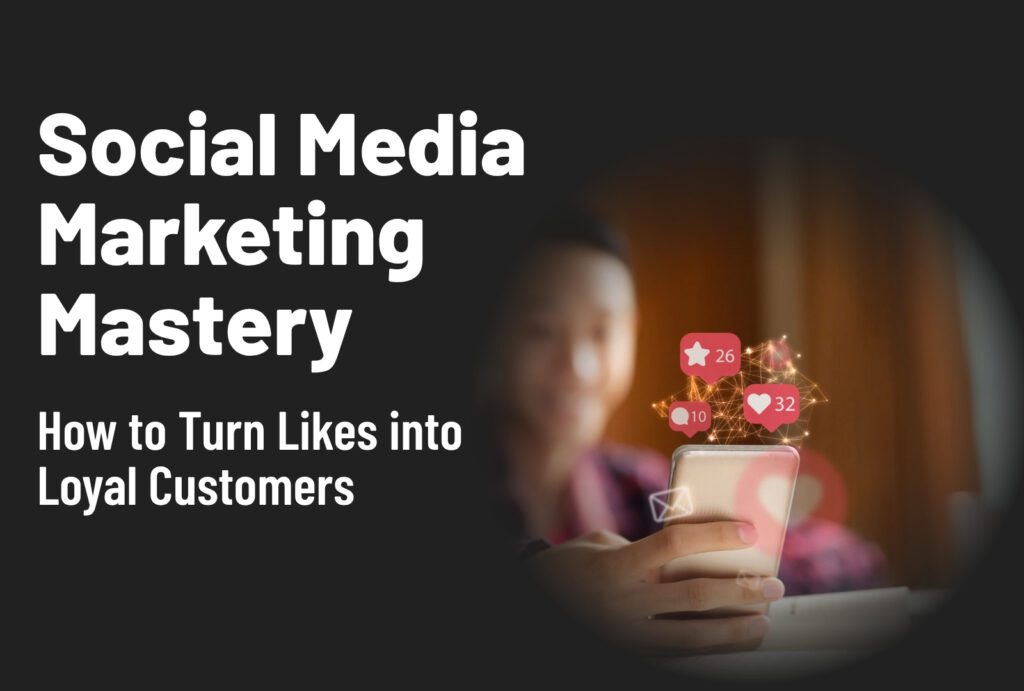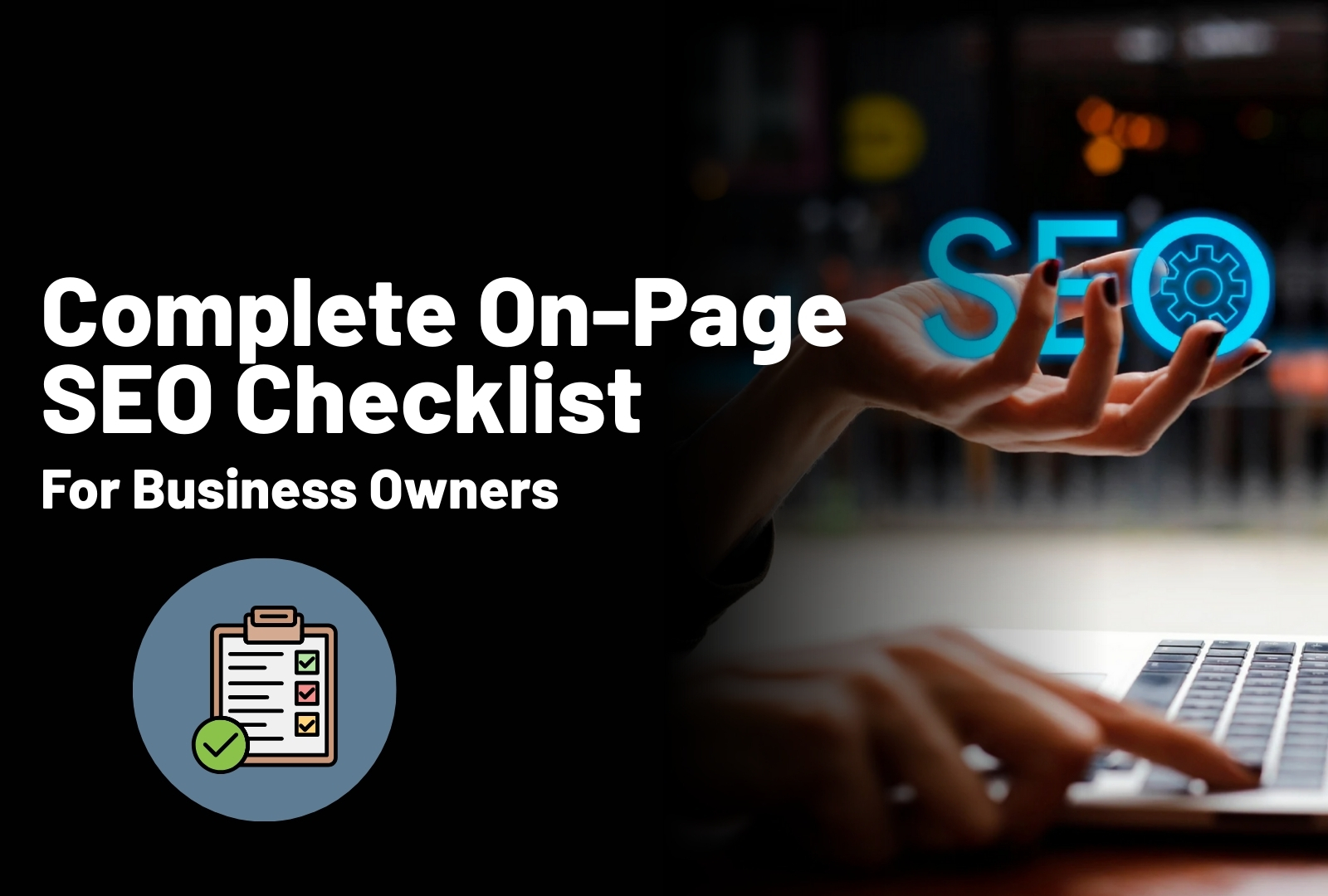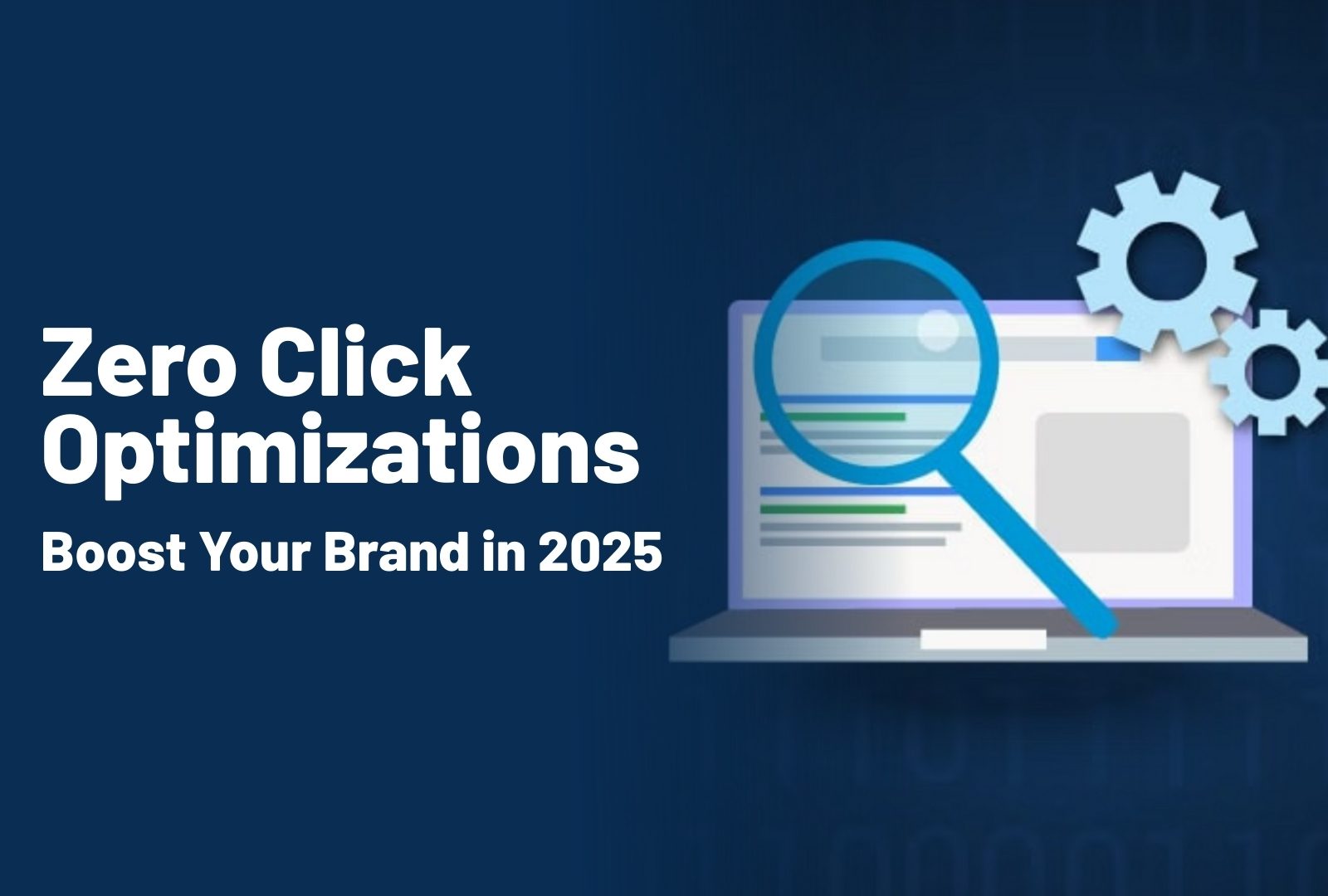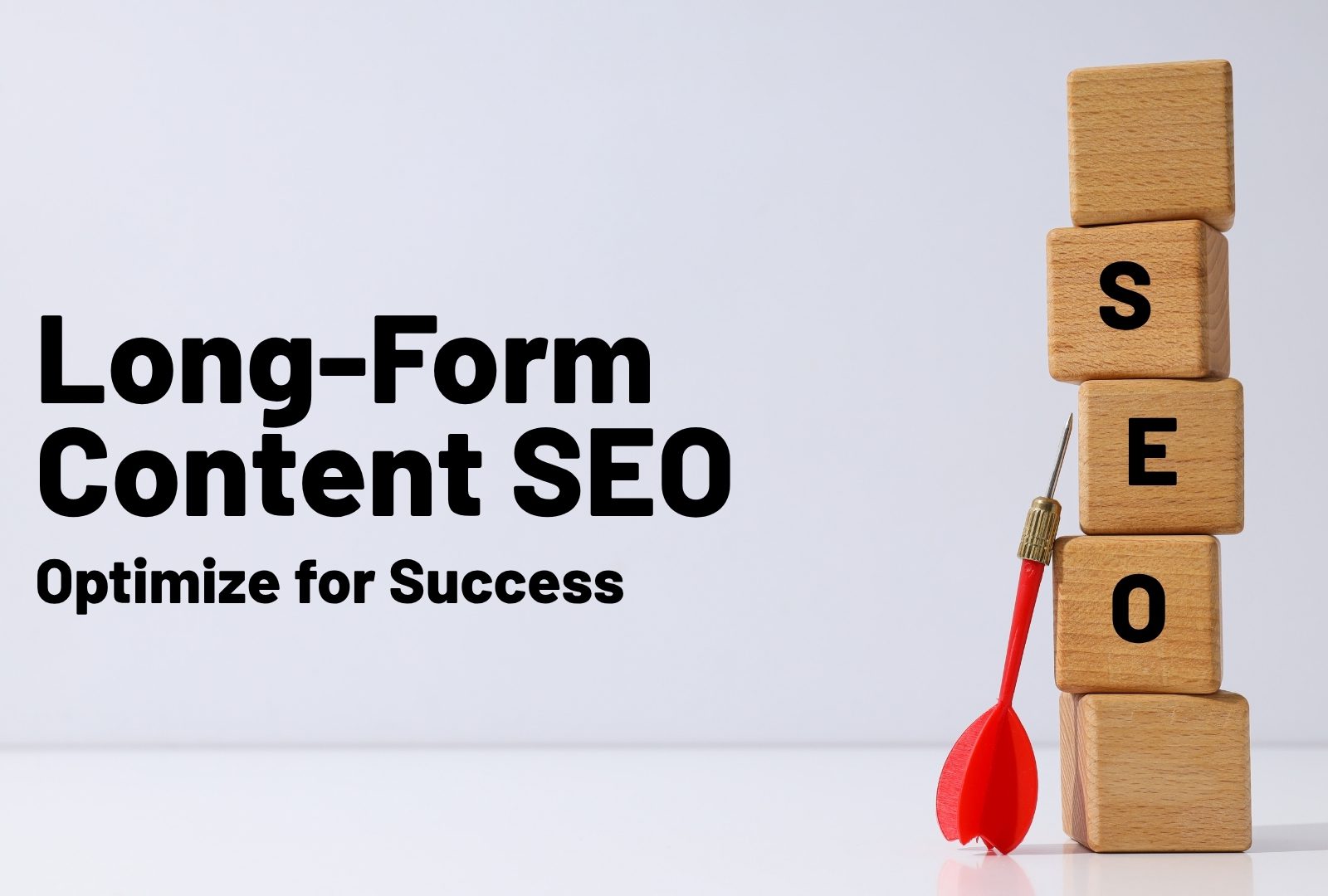In today’s hyperconnected digital world, social media has evolved from a platform for social interaction into a powerful marketing ecosystem that shapes consumer behavior, brand perception, and business growth. Yet, one of the biggest challenges marketers face is converting social media engagement those likes, shares, and follows into tangible business outcomes. In other words, how do you turn casual likers into loyal, paying customers?
This comprehensive guide explores the psychology, strategy, and step-by-step techniques behind Social Media Marketing Mastery. You’ll learn not just how to grow your audience, but how to convert them into advocates who trust your brand, purchase your products, and recommend you to others all while using Zero-Click SEO principles that make your content self-contained and optimized for search visibility.
What Is Social Media Marketing (and Why It’s More Powerful Than Ever)
Social media marketing is the practice of using platforms like Instagram, Facebook, LinkedIn, TikTok, and X (formerly Twitter) to connect with audiences, build brand awareness, and drive sales. But its true power lies not in mere exposure, it’s in the ability to create relationships that build long-term brand loyalty.
According to a 2024 HubSpot report, 73% of consumers say they are more likely to buy from a brand they follow on social media, while 78% of marketers see increased customer retention through consistent social engagement. Unlike traditional advertising, social media allows for two-way communication, giving brands the ability to listen, respond, and adapt to customer needs in real time.
The shift is clear: likes and comments are no longer vanity metrics; they’re entry points into customer trust.
The Psychology of Social Media Engagement: Why Likes Matter (But Not How You Think)
At first glance, a “like” might seem superficial. But in digital marketing psychology, engagement reflects micro-level trust signals. Every interaction like, a comment, a save indicates that the user resonates with your message.
However, the problem arises when marketers stop there. The key to mastery lies in understanding why people engage and how to move them from interest to action.
- Social Proof: Users tend to trust brands that others already approve of. When someone sees your posts receiving engagement, it subconsciously boosts credibility.
- Emotional Connection: Posts that evoke curiosity, inspiration, or humor often outperform promotional content. Emotional resonance lays the groundwork for loyalty.
- Consistency Bias: When users repeatedly see your brand’s content in their feed, they start associating it with reliability, a vital precursor to conversion.
So, while likes themselves don’t pay the bills, they’re powerful psychological indicators of pre-conversion readiness. Your task is to bridge the gap between awareness and action.
How to Build a Social Media Funnel That Converts Engagement into Sales
Turning engagement into revenue requires a well-structured social media funnel a journey from discovery to conversion. Here’s how you can design one that’s both organic and sustainable.
1. Awareness Stage: Attract the Right Audience
In this stage, your content should focus on reach and resonance. Use storytelling, trends, and relatable content to draw people in. For example, if you’re a fitness brand, short-form videos like “5-Minute Desk Workouts” can hook busy professionals scrolling during breaks.
Pro Tip: Optimize each post with searchable captions using long-tail, intent-driven keywords. For instance, instead of “New Workout Video,” use “Quick Office Workout for Busy Professionals.” This helps you appear in both search results and social discovery feeds.
2. Engagement Stage: Nurture with Value
Once you’ve attracted attention, nurture it with education and value. Share expert tips, behind-the-scenes insights, or user-generated content that builds trust.
Think of it this way: in digital relationships, value precedes loyalty. When followers feel you’re genuinely helping them, they become emotionally invested.
3. Conversion Stage: Create a Frictionless Call-to-Action
Now it’s time to guide your followers toward a purchase or deeper brand engagement. But instead of pushing hard sells, use contextual CTAs. For example:
- “Download your free guide” instead of “Buy now.”
- “See how we helped others achieve this result” instead of “Click here.”
Reducing friction and adding relevance can increase conversion rates by over 30%, according to Sprout Social data.
4. Loyalty Stage: Retain and Reward
The journey doesn’t end at conversion. Retention marketing is where profitability truly scales. Offer loyalty programs, exclusive discounts, or insider communities for returning customers.
Brands like Starbucks and Nike have mastered this their mobile apps integrate social media campaigns with loyalty programs, creating seamless retention loops that keep users engaged.
Content That Converts: What to Post (and Why It Works)
Not all content is created equal. To turn likes into loyal customers, your social media content must balance emotion, education, and engagement.
Educational Content
Educational content positions your brand as an authority. Tutorials, how-tos, and data-backed posts answer questions your audience is already asking.
Example: A skincare brand posting “How to Build a Morning Routine for Oily Skin” immediately offers value and builds trust.
Behind-the-Scenes (BTS) Content
BTS content humanizes your brand. Sharing the story behind your products or your team’s culture builds authenticity and is one of the strongest drivers of loyalty in 2025.
User-Generated Content (UGC)
When followers see real people using your product, it bridges the trust gap. According to Nielsen, 92% of consumers trust UGC more than traditional ads. Reposting testimonials or tagged photos reinforces credibility.
Interactive Stories and Polls
Short-lived content like Instagram Stories or LinkedIn polls boost engagement while collecting insights. Use polls to ask followers what they need; it’s a direct customer feedback loop.
Zero-Click SEO for Social Media Content: Making Your Posts Self-Contained
Zero-Click SEO is the art of creating content that fully answers user intent directly on the page (or in this case, the platform). The goal is to make your content so complete that users don’t need to leave to get value and Google rewards that with higher visibility in featured snippets.
How to Apply Zero-Click SEO to Social Media
- Answer Search-Intent Questions in Captions:
For example, instead of “Why consistency matters in marketing,” write, “Consistency in marketing builds trust because your audience learns to expect quality and reliability from your brand.” - Include Key Takeaways in the Visuals:
Infographics summarizing answers perform well in Zero-Click-style results. Pinterest and LinkedIn love this type of content. - Use Conversational Keywords:
People often search in question form, such as “How to get more engagement on Instagram” or “What is social media conversion?” Incorporate these natural queries into your copy.
By creating self-contained, context-rich posts, your social media doubles as an SEO asset.
The Role of Trust and Community in Converting Followers
Trust is the currency of social media. It’s built over time through consistent value, transparency, and authenticity.
Consider the case of Glossier, a beauty brand that built its empire through community engagement. Instead of traditional advertising, Glossier encouraged customers to share their personal beauty routines. These genuine posts created an ecosystem of trust that fueled organic growth, a textbook example of turning likes into loyalty.
To build community, brands must:
- Respond to comments and messages promptly.
- Celebrate customer stories publicly.
- Offer exclusive “insider” perks for followers.
This type of relationship marketing creates emotional loyalty, which research from Harvard Business Review shows can be worth up to twice as much as purely rational loyalty based on price or convenience.
Analytics: Measuring the Journey from Likes to Customers
You can’t improve what you don’t measure. The key is tracking engagement-to-conversion metrics, not just vanity metrics.
Here are the most important KPIs to monitor:
- Engagement Rate: Measures how interactive your followers are with your content.
- Click-Through Rate (CTR): Indicates how effective your CTAs are.
- Conversion Rate: Shows how many actions (signups, sales) result from social activity.
- Customer Lifetime Value (CLV): Helps determine if your social media strategies build lasting customers or one-time buyers.
Use analytics tools like Meta Insights, Google Analytics 4, and Sprout Social to create end-to-end visibility between your content and revenue.
How to Use AI and Automation to Scale Social Media Loyalty
AI-driven tools like ChatGPT, Jasper, and Buffer AI are transforming how brands personalize engagement at scale. Automation can help you:
- Schedule consistent posts across multiple platforms.
- Generate tailored replies to common comments or messages.
- Analyze sentiment to understand how your audience feels about your brand.
For example, AI sentiment analysis can tell you that followers react more positively to behind-the-scenes content than to promotional posts allowing you to refine your content mix strategically.
Automation isn’t about replacing human touch; it’s about amplifying your capacity to maintain relationships with thousands of followers simultaneously.
Building a Social Media Brand That Feels Human
People don’t follow logos; they follow stories.
To turn likes into loyalty, your brand must feel human. That means embracing imperfection, showing real people, and speaking with authenticity.
A strong brand voice is:
- Consistent: Every post should sound like it comes from the same personality.
- Relatable: Use language your audience uses, not corporate jargon.
- Purpose-Driven: Align your social content with a clear mission that followers can support.
When people see themselves reflected in your story, your brand becomes part of their identity and that’s where loyalty begins.
Key Takeaways
- Social media mastery is not about growing followers but deepening relationships.
- Every “like” is an opportunity to nurture trust through education, authenticity, and community.
- Zero-Click SEO ensures your content provides immediate, standalone value making it more discoverable and shareable.
- By combining analytics, AI, and emotional connection, you can transform social followers into lifelong customers.
FAQ’s
How long does it take to turn social media followers into customers?
It depends on your niche and engagement strategy. On average, it can take 3–6 months of consistent posting, engagement, and nurturing before followers convert into paying customers.
What type of content converts best on social media?
Educational, user-generated, and emotionally engaging content tends to perform best. Videos and carousels that combine storytelling with actionable insights see the highest conversion rates.
How can I measure if my followers are becoming loyal customers?
Use CRM integration and analytics tools to track conversions originating from social channels. Look for repeat purchases, referral codes used, and engagement in loyalty programs.
What is Zero-Click SEO, and how does it apply to social media?
Zero-Click SEO focuses on creating content that fully satisfies user intent within the platform itself meaning users don’t need to click away to get answers. On social media, this means using captions, visuals, and videos that provide complete, valuable insights.
